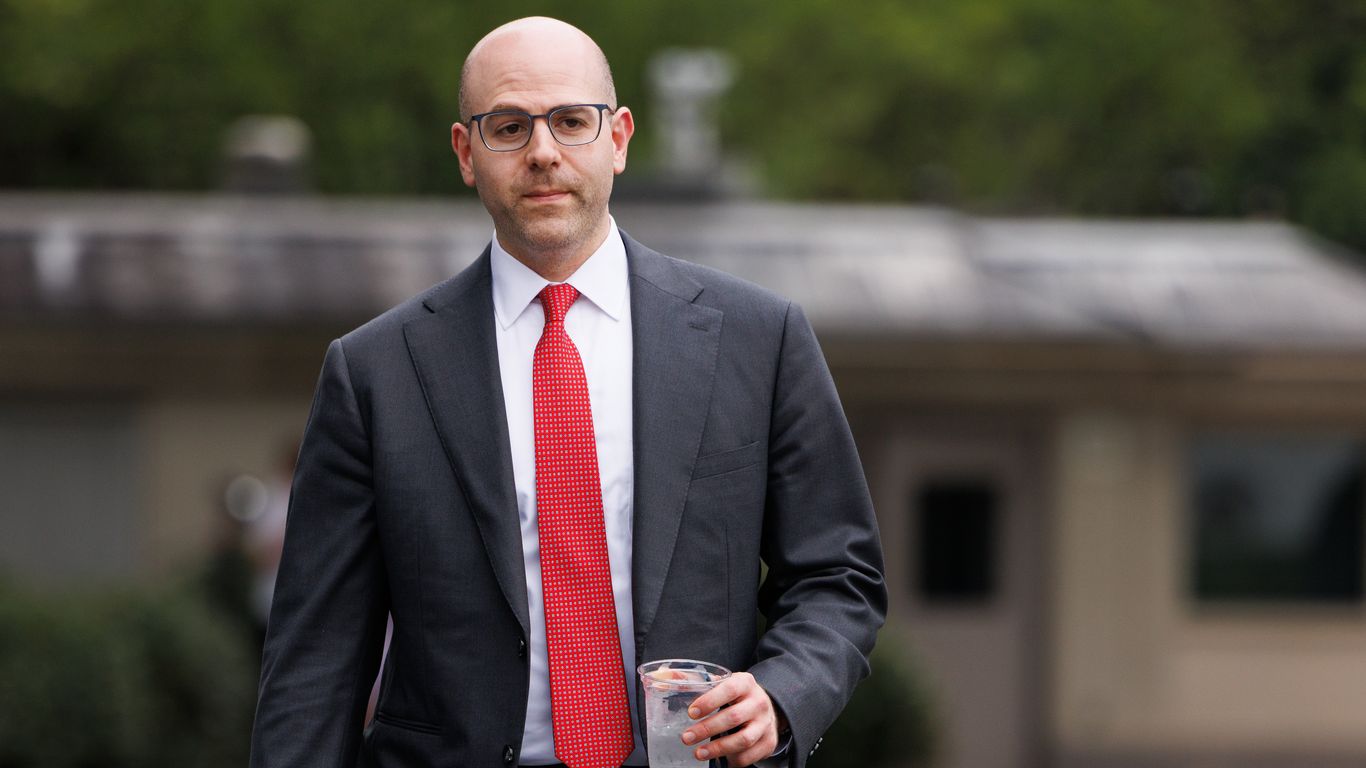Investors Await Possible September Rate Cut from Fed Governor Brainard
#investors #rate_cut #federal_reserve #economy #stock_market

Introduction
In a recent statement, Federal Reserve Governor Lael Brainard expressed her support for a rate cut in September, citing last week's disappointing jobs report as a crucial factor. The call for a rate cut has been gaining traction in recent weeks, and Brainard's comments further strengthen the case for monetary policy easing.
Key Details
The jobs report showed only 130,000 new jobs added in August, well below the expected 160,000. This was accompanied by a drop in manufacturing activity and a slowdown in business investment, indicating a potential economic slowdown. Brainard emphasized that the Fed needs to be proactive in responding to these trends, and a rate cut would provide much-needed support to the economy.
Brainard also highlighted the current global economic uncertainties, such as trade tensions and Brexit, as additional reasons for a potential rate cut. With inflation still below the Fed's target, there is room for monetary policy to stimulate the economy without risking overheating.
Impact
The potential rate cut in September has been welcomed by investors and could provide a boost to the stock market. It could also benefit businesses and consumers by lowering borrowing costs and encouraging spending. However, there is also the concern that cutting rates may further exacerbate the already high levels of corporate debt. The decision to cut rates will ultimately depend on the Fed's assessment of the economic data leading
About the Organizations Mentioned
Federal Reserve
## Overview and Mission The Federal Reserve, often called the "Fed," is the central bank of the United States, established by Congress in 1913 to provide the nation with a safer, more flexible, and stable monetary and financial system[1]. Its mission centers on a dual mandate from Congress: to promote maximum employment and maintain price stability, ensuring the dollar retains its value over time[1]. The Fed operates through a unique hybrid structure, combining a national Board of Governors in Washington, D.C., with 12 independent regional Reserve Banks, including institutions like the Cleveland Fed[1]. This decentralized setup allows the Fed to closely monitor economic conditions across diverse regions, industries, and communities, while maintaining independence from short-term political influences[1]. ## Key Functions The Fed’s responsibilities are broad and vital to the U.S. economy. It conducts monetary policy—primarily by influencing interest rates—to achieve its employment and inflation goals[2]. The Fed also supervises and regulates banks to ensure the safety and soundness of the financial system, works to minimize systemic risks, and fosters efficient payment and settlement systems[2]. Additionally, it promotes consumer protection and community development, addressing emerging issues through research, supervision, and enforcement of consumer laws[2]. ## History and Evolution The Federal Reserve is the third central bank in U.S. history, following two failed attempts in the 19th century[1]. Its creation was a response to the financial turbulence of the early 20th century, aiming to prevent crises and stabilize the economy. Over time, the Fed has evolved, adopting more transparent and inclusive policymaking processes. For example, it now conducts regular reviews of its monetary policy framework, engaging with academics, businesses, and the public to refine its strategies and communications[3][5]. ## Recent Developments and Achievements In 2025, the Fed completed its second major review of its monetary policy strategy, tools, and communications, reaffirming its commitment to transparenc









